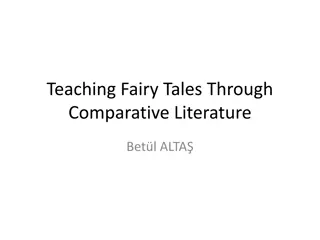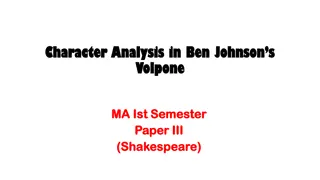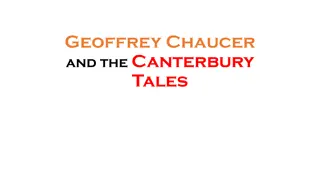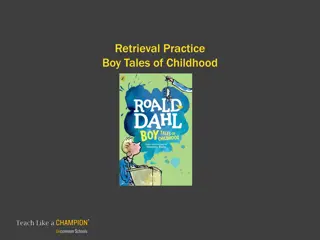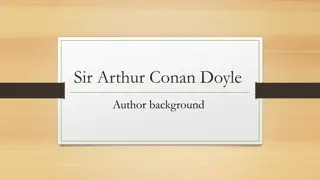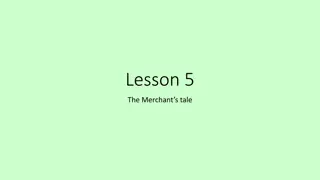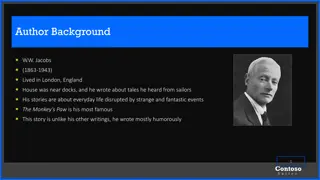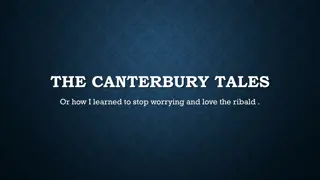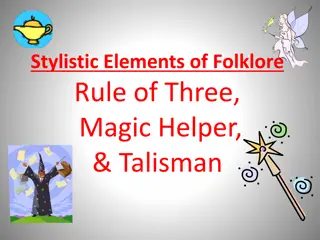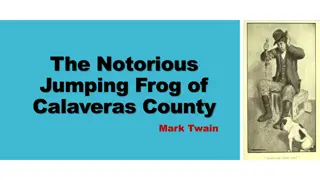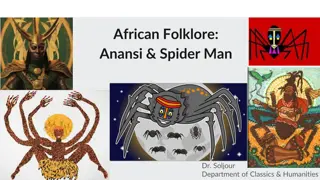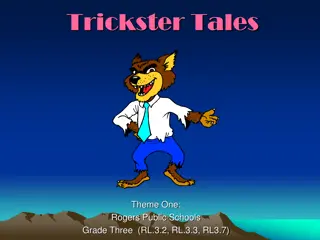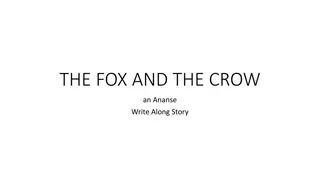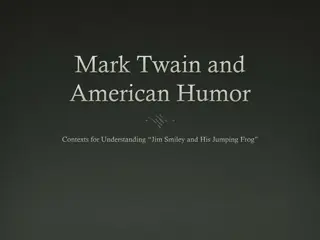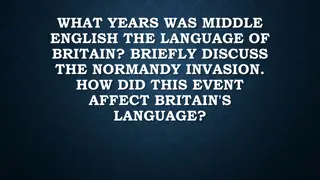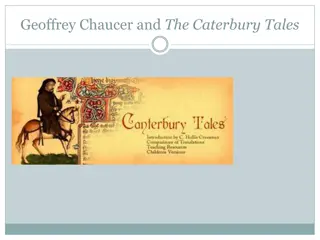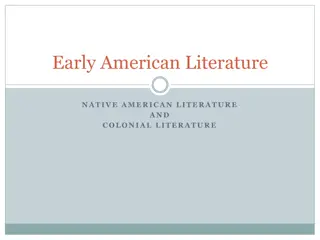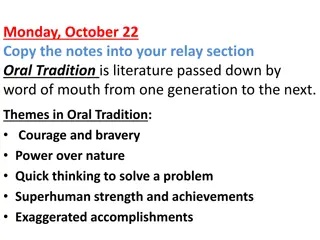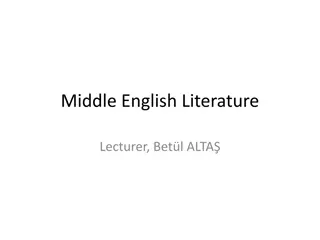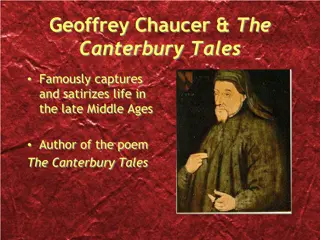Trickster Tales
Delve into the delightful world of Trickster Tales with Grade 3 students in Rogers Public Schools. Explore various genres, engaging with the themes of storytelling, character dynamics, and the art of mischief. Students will immerse themselves in these captivating narratives, enhancing their reading comprehension and analytical abilities. Through interactive activities and discussions, they will uncover the nuances of Trickster Tales while honing their critical thinking skills.
Download Presentation

Please find below an Image/Link to download the presentation.
The content on the website is provided AS IS for your information and personal use only. It may not be sold, licensed, or shared on other websites without obtaining consent from the author.If you encounter any issues during the download, it is possible that the publisher has removed the file from their server.
You are allowed to download the files provided on this website for personal or commercial use, subject to the condition that they are used lawfully. All files are the property of their respective owners.
The content on the website is provided AS IS for your information and personal use only. It may not be sold, licensed, or shared on other websites without obtaining consent from the author.
E N D
Presentation Transcript
Trickster Tales Theme One: Focus on Genre Rogers Public Schools Grade 3 (RL.3.2, RL.3.3, RL.3.7)
What are Trickster Tales? A trickster tale is a kind of folktale told all over the world. The trickster is a clever animal or person who plays tricks on other characters. Often it s because the trickster is greedy or boastful. Sometimes though, another character outwits the trickster! Can you think of any trickster characters of whom you are familiar?
Teacher Read Aloud Love And Roast Chicken Retold by Barbara Knutson What country or culture might this folktale have been started? C ha l l e ngi ng Voc a bul a r y: Crouched: to bend at the knees and get low Scurried: to move quickly Propped: to support, to hold up
Questions about Cuy What problem does Cuy have to solve? How does Cuy try to outsmart T o Antonio? How does Cuy try to outsmart farmer? How would you describe Cuy s character?
Genre Vocabulary Boastfulness Clever Culture Folktale Greediness Mischief Qualities Trickster Being full of praise for yourself Smart A group of people s customs, beliefs, and traditions A traditional story handed down by generations Selfishness Bad behavior Features that make a person special A character who plays tricks or pranks on others
Applying the Vocabulary boastfulness culture clever trickster greediness
Applying the Vocabulary culture mischief folktale qualities clever
Trickster Tale One Tops and Bottoms Adapted and illustrated by Janet Stevens Based on the title and the genre, what do you predict will happen in this story?
Character Traits Characters in folktales often have exaggerated traits or personalities. Authors reveal character traits through: descriptions dialogue (conversations) the character s actions and reactions Pay attention to the author s of character traits throughout the story.
Tops and Bottoms Story Map Steps Used in the Trick Problem Trickster Needs to Solve Trickster s Character Traits
Critical Thinking Why does the author begin the story with a description of the Bear? Why does Hare become business partners with Bear? How does Hare outsmart Bear?
Lesson to be Learned What lesson can we learn from this story?
Wrapping up our Focus Compare the tricks played by the characters: Which do you think was the cleverest? Which one was the funniest? Do you think the characters had good reasons or bad reasons for playing tricks? Who was your favorite trickster and why?
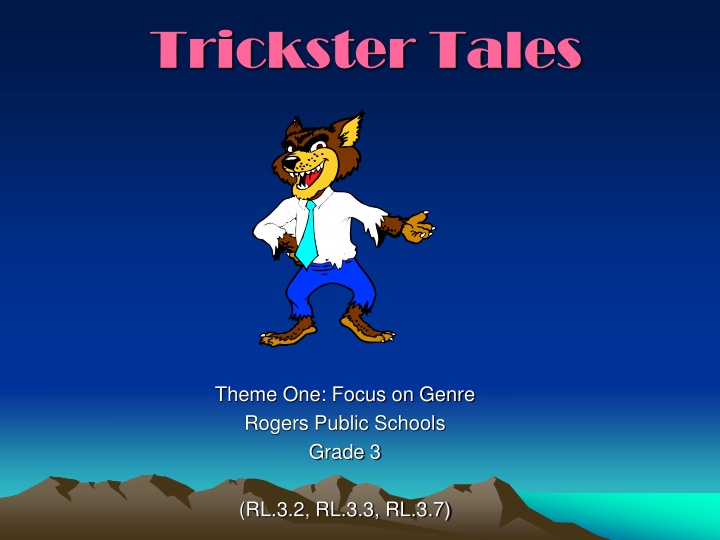

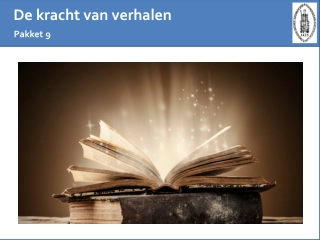
![READ [PDF] Trickster Caught: An Alien Gladiator Romance (Gladiators of the Vaga](/thumb/42236/read-pdf-trickster-caught-an-alien-gladiator-romance-gladiators-of-the-vaga.jpg)
